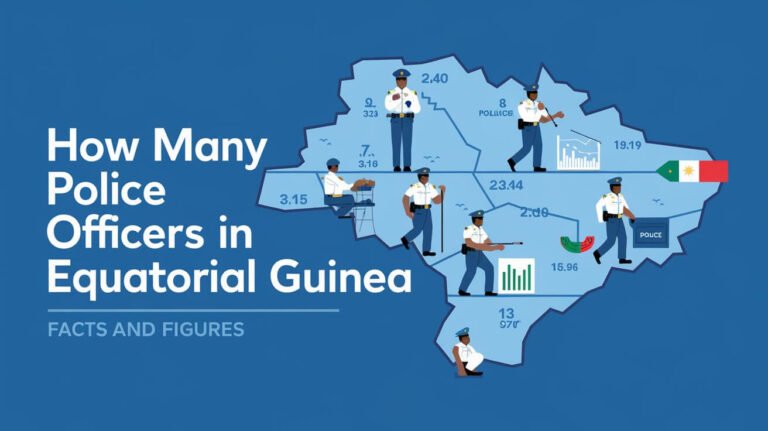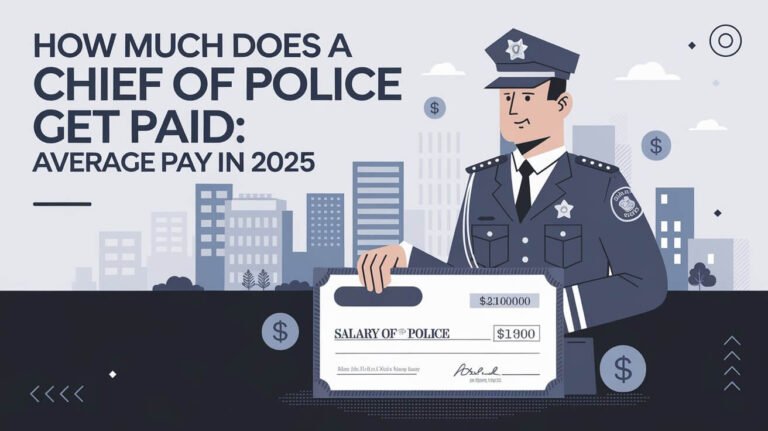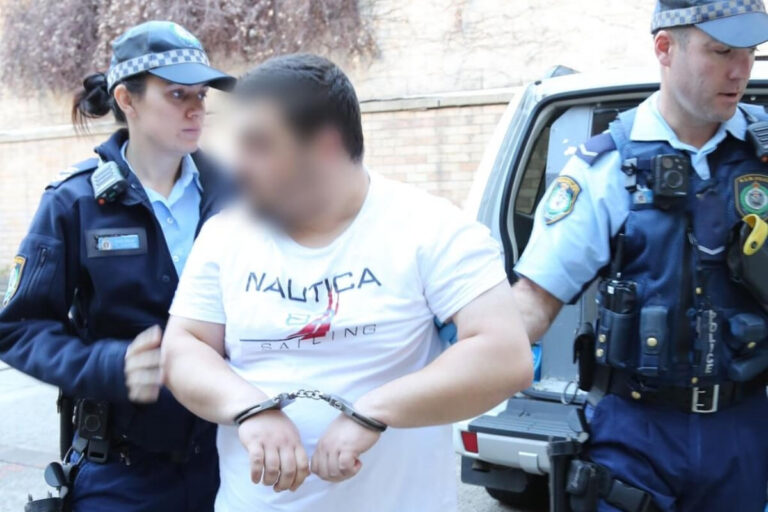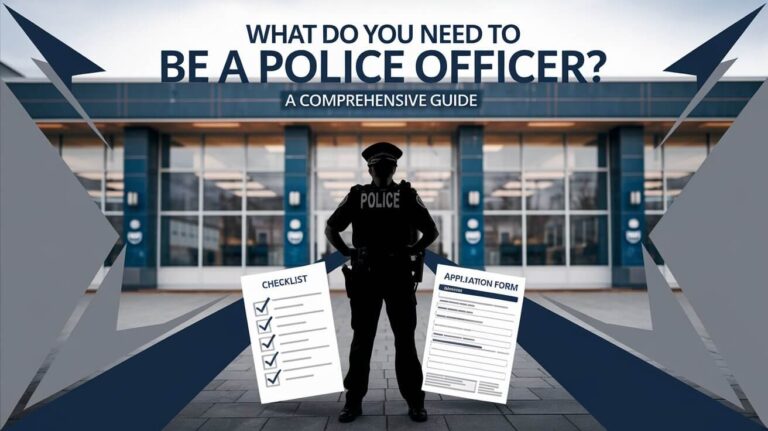What Do Police Call Their Boots? Explained Clearly
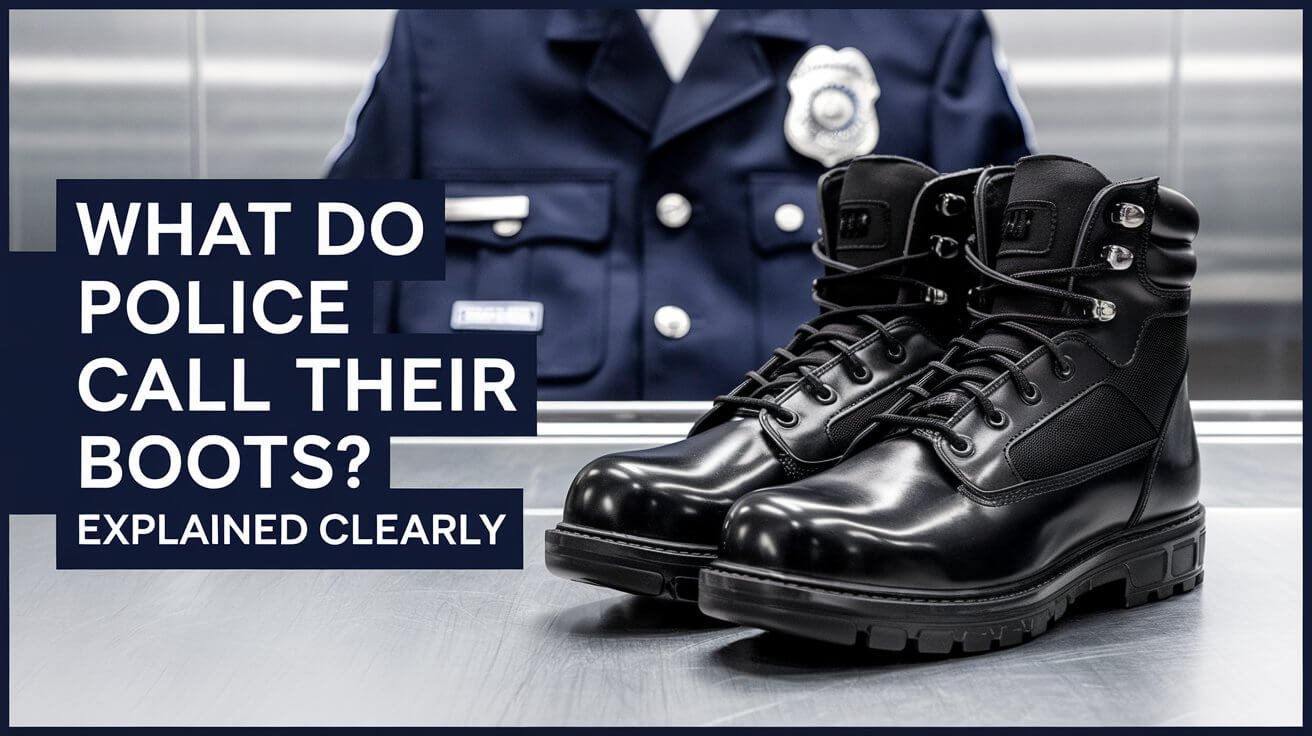
Law enforcement officers need top-notch boots for their jobs. The terms used for these boots are unique and specific. Police boot language shows the different features, materials, and uses of their footwear.
There are many types of boots, like tactical and patrol boots. Each has its own special features and names. Brands like HAIX, Propper, and Blauer make a variety of boots. These include ones with composite toe, waterproofing, and advanced lacing.
Police boot terms are closely linked to law enforcement footwear. Certifications like ASTM F 2413 and CAN/CSA-Z195 are key. The range of colors, fasteners, and liners, like GORE-TEX, add to the rich language of police boots.
Exploring police boots, we’ll look at the different types, materials, and their cultural importance. We’ll see why police boot terminology is vital in law enforcement footwear.
Police Boot Terminology Through the Ages
The history of police boots is a captivating tale that spans centuries. It’s filled with various terms and nicknames. Knowing about police boot history and law enforcement footwear evolution helps us understand the complexity of police boot terms. From the early days of law enforcement to now, police boots have changed a lot. This change is due to new technology, shifts in policing, and regional differences.
The growth of police boot terminology is linked to the law enforcement footwear evolution. As police officers’ roles changed, so did their shoes. New materials, designs, and features led to different boot styles. For example, tactical boots are popular for their toughness and support in tough environments.
Origins of Police Footwear Terms
The roots of police footwear terms go back to law enforcement’s early days. The term “cop” started around 1844, coming from the verb “to take or seize”. By 1859, police were often called “coppers”. Other nicknames include “the fuzz”, “5-0”, and “boys in blue”.
Evolution of Boot Nicknames
As police boots evolved, so did their nicknames. New materials like leather and synthetic ones led to different styles. For example, the Garmont T8 LE 2.0 Boot is made for police, with full grain leather and special features. HAIX® police boots also have certifications, showing they’re high-quality and durable.
Regional Variations in Police Boot Slang
Police boot slang varies by region. In the UK, police are called “bobbies” after Sir Robert Peel. In Canada, the Royal Canadian Mounted Police are known as “mounties”. These differences show the cultural and historical diversity of police boot terms.
Common Nicknames for Police Boots on the Force
Law enforcement footwear slang is a unique part of police culture. Over time, many nicknames have emerged. Terms like “kicks” or “tactical boots” are used to talk about officers’ footwear. These names often highlight the boots’ function, durability, or style.
HAIX and Propper, leading makers of police boots, show how varied the terms are. You’ll hear “jump boots,” “riot boots,” and “patrol boots” often. These names usually come from the boots’ purpose or the unit that uses them.
Here are some examples of police boot nicknames and their meanings:
- Jump boots: boots for SWAT teams or special units needing high mobility
- Riot boots: boots for crowd control or riots, with strong materials and design
- Patrol boots: boots for daily patrol, focusing on comfort and versatility
Knowing police boot nicknames and law enforcement slang gives us a peek into their culture and traditions. By looking into these nicknames and their beginnings, we can better understand the vital role boots play in police officers’ lives.
| Boot Type | Nickname | Description |
|---|---|---|
| Tactical Boots | Kicks | Boots for tactical operations, with a low-profile design and flexible materials |
| Patient Boots | Med Boots | Boots for medical or rescue, with a slip-resistant sole and easy-to-clean materials |
| Patrol Boots | Beat Boots | Boots for everyday patrol, focusing on comfort and versatility |
Standard-Issue Police Boot Types and Their Street Names
Law enforcement agencies use different police boot types for various needs. These boots are classified by their function, durability, and comfort. Main categories include tactical boots, patrol boots, and special unit footwear.
It’s key to know the features of each boot type. Tactical boots are for high-risk situations, with reinforced materials and slip-resistant soles. Patrol boots are for daily use, focusing on comfort and flexibility.
Tactical Boot Classifications
- Reinforced materials for added durability
- Ankle support for stability and protection
- Slip-resistant outsoles for traction and control
Patrol Boot Varieties
- Lightweight materials for comfort and flexibility
- Breathable membranes for moisture management
- Cushioning systems for shock absorption and support
Knowing the different police boot types is important for choosing the right boots. By understanding each boot’s unique features, law enforcement can perform their duties safely and effectively.
Police Boot Culture and Identity
Police boot culture is key in shaping the identity of law enforcement. The boots they wear show their individuality and group ties. Brands like HAIX and Blauer are favorites, seen as symbols of professionalism and authority.
The public sees police boots as a sign of respect and trust. The boots are part of the officer’s uniform, showing their job attitude. Key aspects of police boot culture include:
- Symbolism: Boots symbolize strength, courage, and resilience.
- Tradition: Certain boots are passed down through generations.
- Identity: Boots let officers show their individuality and group ties.
Police boot culture is a big part of law enforcement identity. It reflects the profession’s values and traditions. Understanding police boots’ cultural significance helps us see their importance in law enforcement culture and community impact.
| Brand | Model | Features |
|---|---|---|
| HAIX | Airpower | Waterproof, breathable, and slip-resistant |
| Blauer | Streetscape | Lightweight, flexible, and durable |
What Do Police Call Their Boots: Official vs. Unofficial Terms
Police boots have their own special language. Official terms are used in formal situations like police reports. Unofficial terms are used in casual talks at the station.
Approved terms help officers talk clearly. For example, “tactical boots” and “patrol boots” are official names. But at the station, they might say “kicks” or “footwear” for police boots.
Department-Approved Terminology
Proper and Blauer, big names in police boots, agree on official terms. They talk about boots being “waterproof” or “breathable”. This helps everyone know what the boots can do.
Station House Slang
At the station, slang is used more freely. Officers might call their boots “beat boots” or “street boots”. They also use slang like “10-4” to mean they understand.
| Term | Description |
|---|---|
| Tactical boots | Boots designed for tactical operations |
| Patrol boots | Boots designed for everyday patrol duties |
| Kicks | Informal term for police boots |
Knowing the right terms for police boots is key. It helps officers communicate well. Using the right words means they’re ready for their jobs.
Boot Materials and Their Influence on Nicknames
Police boot materials are key to their performance and durability. Different types of leather, synthetic materials, and other components are used. The material choice impacts the boot’s water resistance, breathability, and comfort.
HAIX and Propper, leading police boot makers, stress the importance of quality materials. They ensure the boots are comfortable and safe for officers. Some common materials include:
- Full-grain leather
- Synthetic materials, such as nylon and polyester
- Rubber and polyurethane for outsoles
- Mesh panels for breathability
The material used can shape the boot’s nickname. For example, rugged materials might earn boots the “tactical” or “assault” label. Lighter, more flexible materials could be called “patrol” or “running shoes.” The look of the boot can also change, with some materials making it appear more aggressive or tactical.
Law enforcement footwear has seen significant advancements. Modern materials offer better performance and durability. New technologies have led to boots that are both functional and comfortable. This allows officers to perform their duties without footwear issues.
| Material | Characteristics | Benefits |
|---|---|---|
| Full-grain leather | Durable, water-resistant | Long-lasting, comfortable |
| Synthetic materials | Lightweight, flexible | Breathable, quick-drying |
| Rubber and polyurethane | Slip-resistant, durable | Improved traction, long-lasting |
Patrol-Specific Boot Classifications
Law enforcement patrol boots are made for police officers on patrol. There are different types, like beat walking boots and vehicle patrol boots. Beat walking boots are for officers who walk a lot. Vehicle patrol boots are for those who drive a lot.
Blauer and Propper, big names in police boots, say the right boots depend on the officer’s needs. Beat walking boots need good arch support and cushioning. Vehicle patrol boots need a tough outsole for grip on different surfaces.
Beat Walking Terminology
Beat walking boots are for comfort and support for officers on their feet a lot. They have breathable materials and moisture-wicking linings. They also have slip-resistant outsoles. Boots from Blauer and Propper have extra features like reinforced toe caps and ankle support.
Vehicle Patrol Boot Names
Vehicle patrol boots mix comfort with durability for officers in vehicles. They have rugged outsoles and waterproof membranes. Boots from Magnum and Blueline have features like oil-resistant soles and slip-resistant outsoles.
| Boot Type | Features | Benefits |
|---|---|---|
| Beat Walking Boots | Breathable materials, moisture-wicking linings, slip-resistant outsoles | Comfort, support, reduced fatigue |
| Vehicle Patrol Boots | Rugged outsoles, waterproof membranes, breathable materials | Durability, protection, balance of comfort and support |
Cultural Impact of Police Boot Terms
Police boot culture greatly affects how society views police officers. It shapes the public’s understanding of their role in society. The way boots are shown in media can change how we see policing and its relationship with the community.
The cultural value of police boots is clear in public perception. For example, the boots officers wear show their authority and readiness. This is important.
Media Portrayals
Media often shows police in specific boots to highlight their professionalism. This image can stick in people’s minds.
Public Perception
The cultural impact of police boots is seen in how people act around police. Seeing boots as symbols of authority can make people more likely to follow police orders. This shows the deep connection between boots and the image of law enforcement.
HAIX and Propper’s data shows police boots are key to an officer’s identity. The right boots are vital for police work. Understanding police boot culture helps us see the complex world of law enforcement. It shows how boots shape public views and media images.
Modern Police Boot Innovations and New Terminology
Law enforcement footwear has made big strides in recent years. Brands like Blauer and Propper lead the way with new materials and designs. These advancements focus on comfort, durability, and performance.
For example, the LOWA Zephyr boots have been a favorite for over 20 years. They’ve sold over 1.6 million pairs worldwide. Under Armour’s Valsetz boots combine comfort with durability, helping prevent foot injuries during tough activities. Nicks Boots offers Tactical boots with a 360° Stitchdown Welt for better water resistance and customization options.
Modern police boots have key features:
- Advanced materials for improved durability and comfort
- Customization options to fit individual preferences and needs
- Enhanced traction and water resistance for better performance in diverse environments
These innovations are changing how law enforcement does their jobs. They provide the comfort, support, and protection needed for effective performance. As technology advances, we’ll see even more exciting developments in police boot innovations and law enforcement footwear technology.
Bottom Line
Police boots have a rich history and play a key role in law enforcement. From tactical boots for special units to patrol boots for everyday officers, each type has its own story. They are more than just shoes; they are symbols of duty and protection.
The police boot culture shows the discipline and dedication of law enforcement. The nicknames and slang terms for these boots reflect the creativity and bond among officers. As designs improve, so will the traditions and language around these essential tools.
Whether you’re interested in law enforcement, police shows, or specialized workwear, learning about police boots is enlightening. It gives us a glimpse into the lives of those who keep us safe. Let’s appreciate the heroes of the force and the boots that support them.
Common Questions
What are the different types of police boots and their nicknames?
Police boots vary, including tactical, patrol, and specialized types. They’re known as “jump boots,” “shiners,” “clodhoppers,” and “gum boots.”
How has the terminology for police boots evolved over time?
The language for police boots has a long history. Terms like “jump boots” come from law enforcement’s early days. Over time, these terms have changed and vary by region, showing the law enforcement community’s diverse culture.
What is the cultural significance of police boots and their associated terminology?
Police boots are more than just shoes. They symbolize individuality, group identity, and the profession’s traditions. The slang and jargon used to describe them add to their cultural importance.
What are the different materials used to make police boots, and how do they influence the terminology?
Police boots are made from various materials like leather, synthetic fabrics, and special components. The materials affect the boots’ performance and durability. They also shape the nicknames and terms used to describe them.
How are police boot terms portrayed in the media and perceived by the public?
The way police boots are talked about in the media affects public perception. Media portrayals of police boot terms can influence public opinion. They also reflect the law enforcement community’s identity and traditions.
What are the latest innovations in police boot technology, and how is the terminology evolving to keep pace?
Police boots are always getting better, with new materials and designs. As technology advances, so does the slang for police footwear. This keeps the language fresh and relevant for law enforcement professionals.

